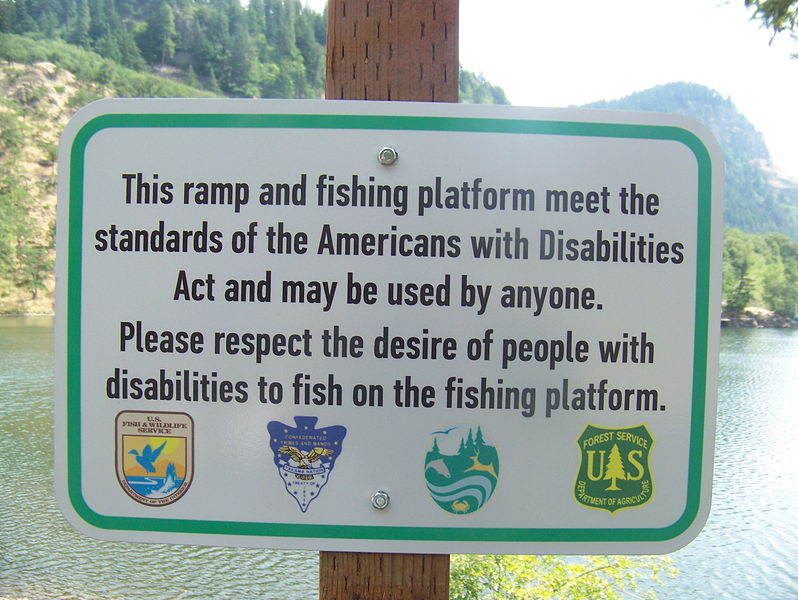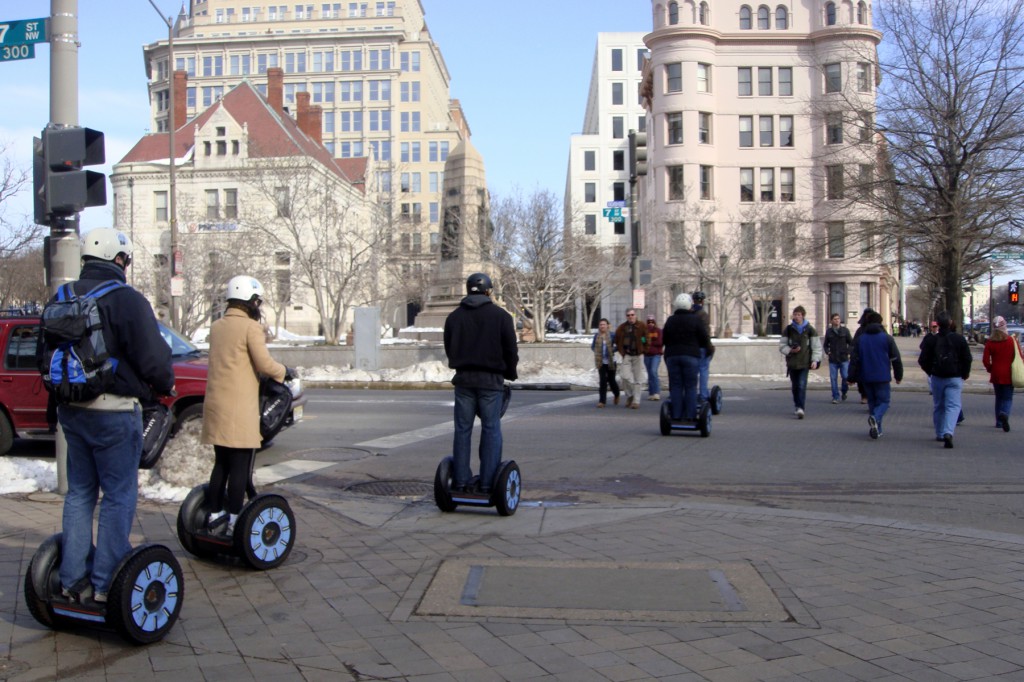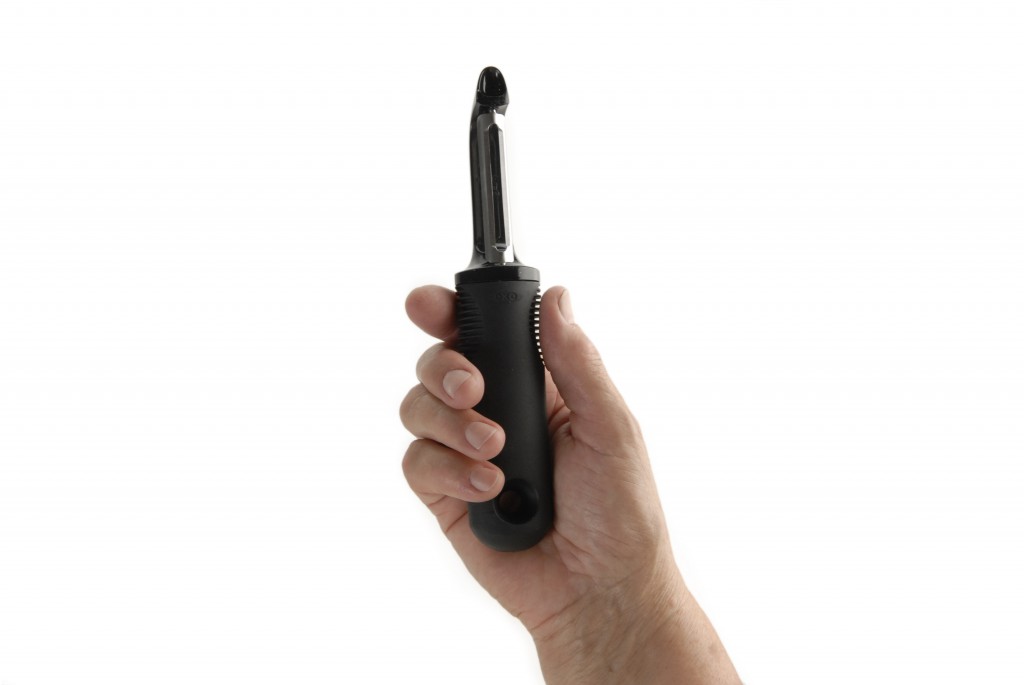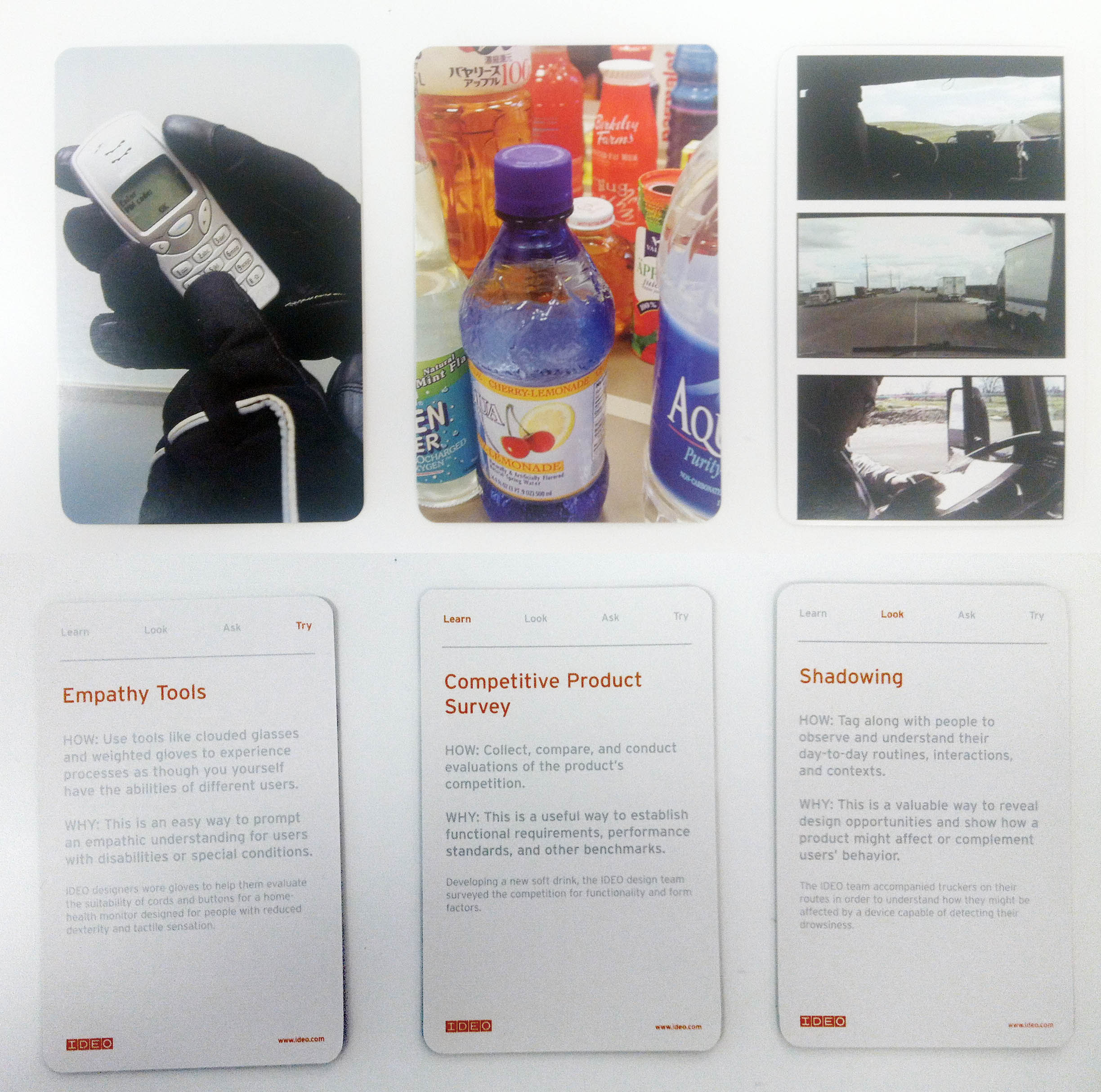“The way to think about ‘everybody’ is not to think about the average person in the middle, but to think about the extremes. Think about people at the edges of your potential buying public and think about people who are most challenged.”
[Dan Formosa interviewed by Debbie Millman in Brand Thinking]
If you hang out at a design museum long enough, you start to pick up on certain recurring concepts. One good recurring concept has to do with a thing called universal design:
The term “universal design” was coined by the architect Ronald L. Mace to describe the concept of designing all products and the built environment to be aesthetic and usable to the greatest extent possible by everyone, regardless of their age, ability, or status in life.
[Wikipedia]
So what’s the lesson behind universal design? Pretend you’re a bossman trying to cut costs wherever possible. For you, universal design might seem like a non-critical endeavor. Sure, it would be nice for the disabled and the elderly to have easy access to all aspects of your [insert product being designed here], but you don’t have room in the budget for anything elaborate. “We’ll tackle accessibility if we have leftover funds at the end of the project,” you’d say. Or “after we design the bulk of our [widget], then we’ll start work on the accessibility stuff because it’s required by law.”
If you were to study your design history, however, you’d realize that this view could limit your opportunities for innovation and crowd-pleasing design.

The Americans with Disabilities Act of 1990 required organizations and institutions to make buildings, public transportation, signage, and more accessible to everyone. Image by USFWS Pacific.
The amazing truth of universal design is that when a design team focuses on “edge users,” or “extreme users,” it very often leads to unexpected insights, which can then lead to innovative features that benefit all users. When you design for the edges, everybody benefits.
The OXO Good Grips line is one of the most commonly cited examples of this phenomenon. The Smart Design team sat down to design a line of veggie peelers, can openers and scissors for people with arthritis and limited hand mobility. After the chunky, ergonomically superior new products hit the market, they became a huge mainstream success.

Segway scooter riders enjoy the benefits of curb cut sidewalks. Photo by Mariordo Mario Roberto Duran Ortiz
Another example are Selwyn Goldsmith‘s “curb cuts.” The mini-ramps we see now on most city street corners were designed primarily with wheelchair users in mind. After they were implemented, it became obvious that this ergonomic consideration benefitted not only wheelchair users, but also luggage-toters, stroller-pushers, stiletto-wearers, cyclists and anybody who enjoys a bit of added ease and comfort in getting around.
With all this in mind, our summer intern (psst—applications for next year are open!) Rachel Sakai and I set out to do some research. We have a very small part in the über-mega-process that is the Cooper Hewitt gallery re-design, and we wanted to take on a summer project that could enrich that work.
We decided to focus in on a blind person’s museum experience. How might an understanding of a blind visitor’s experience inform and enhance the design decisions being made in our re-design project?
We chose to embrace a mindset of Human Centered Design. (Note that Human Centered Design is not the same thing as universal design). I’ve helped to create lots of Museum content—videos, exhibitions, books—on the topic of Human Centered Design. After so much experience intellectualizing about the technique, I was pretty eager to find a way to try it myself.
Human-Centered Design (HCD) is a process and a set of techniques used to create new solutions for the world….The reason this process is called “human-centered” is because it starts with the people we are designing for. The HCD process begins by examining the needs, dreams, and behaviors of the people we want to affect with our solutions.
[From IDEO’s HCD ToolKit]
We borrowed a set of IDEO method cards from Cara and chose three that served our goal to better understand the blind museum visitor’s experience. In the next three posts, we’ll explain how we applied the methods of Empathy tools, Competitive Product Survey, and Shadowing:
1. Empathy Tools: Go on a blindfolded museum visit.
2. Competitive Product Survey: Take a museum tour designed for the blind.
3. Shadowing: Observe a blind person’s museum visit.



Pingback: Three adventures: shadowing a visit to the Metropolitan Museum of Art (3/3) | Cooper Hewitt Labs
Pingback: Three adventures: the Science Sense tour at American Museum of Natural History (2/3) | Cooper Hewitt Labs